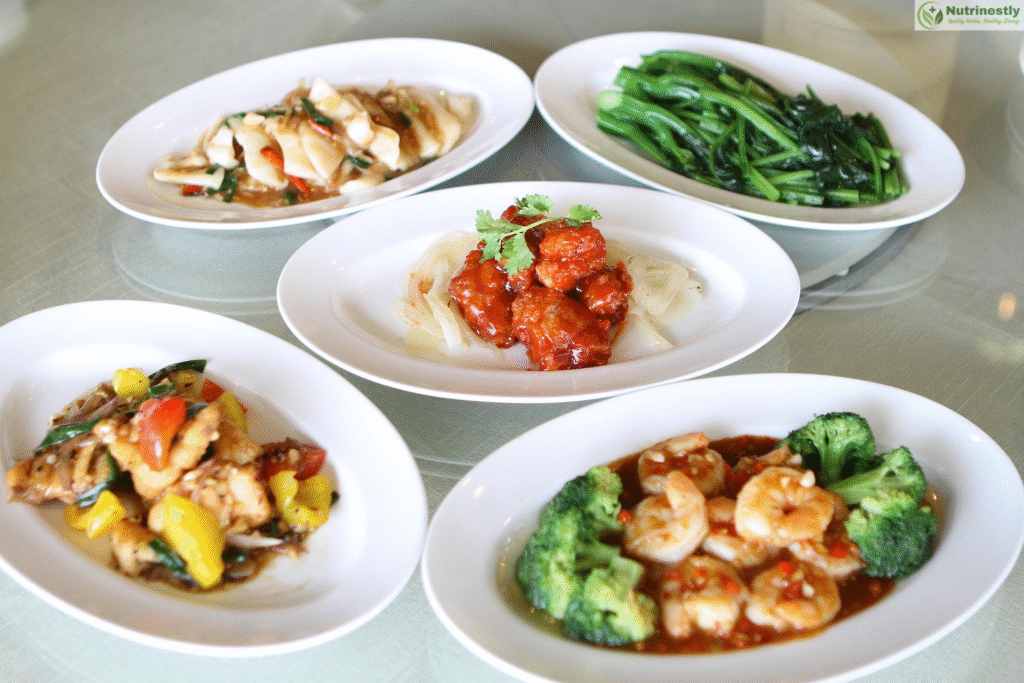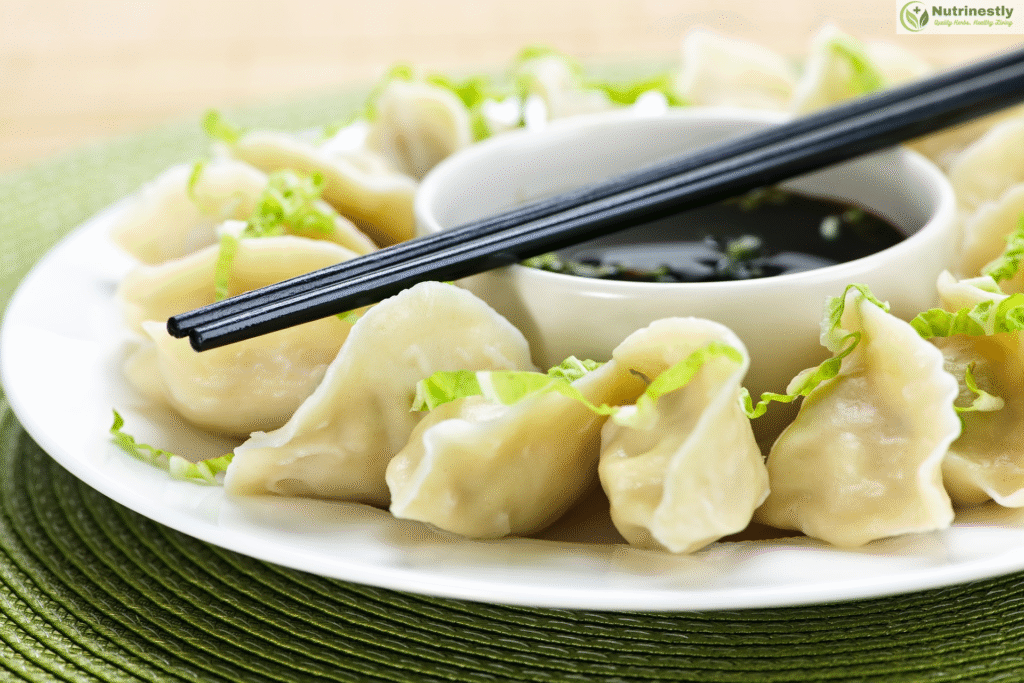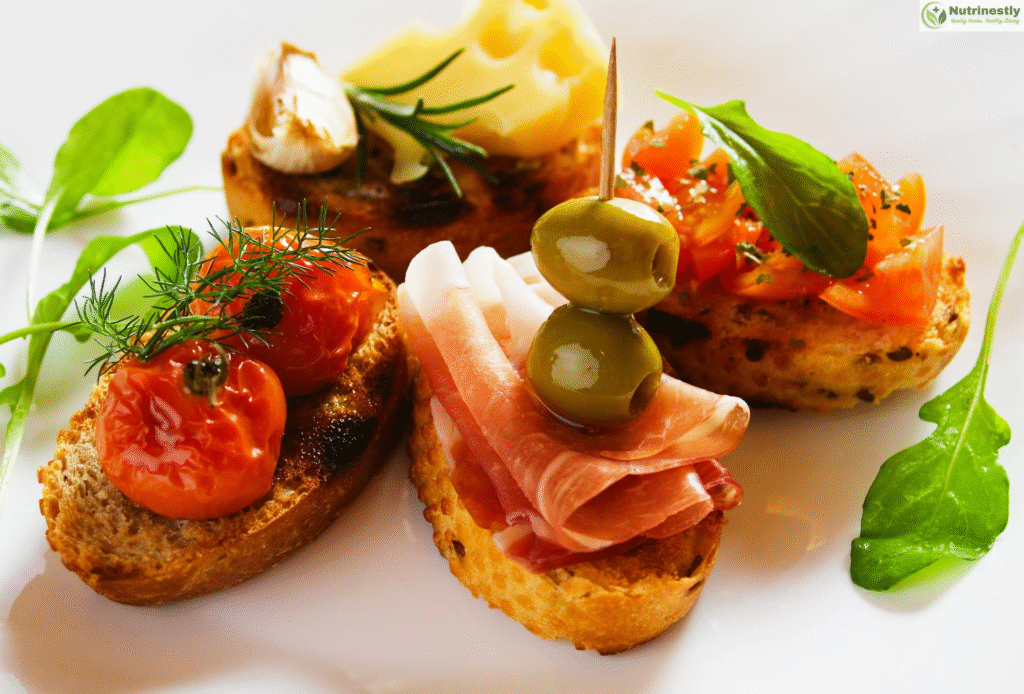
Introduction:
When most people think of Chinese food, images of sweet and sour chicken, deep-fried spring rolls, and greasy takeout containers come to mind. But this narrow view overlooks the rich, diverse, and deeply nutritious roots of traditional Chinese cuisine. So, is Chinese food healthy? The answer isn’t a simple yes or no. Instead, it’s an exploration of a culinary culture that spans thousands of years, blending balance, harmony, and healing in every bite.
In this blog entry, we break stereotypes to reveal the authentic story about Chinese food. By looking at both traditional and contemporary interpretations, we’ll discuss how Chinese food can be both tasty and highly nourishing.
A Unique Angle: The Yin-Yang Philosophy of Food
One method of perceiving the health dimensions of Chinese cuisine is through the yin-yang philosophy, in which balance is found in everything. Such thinking not only informs the culture’s approach to food but also instructs in the preparation and eating of meals. Dishes are composed to balance hot and cold, light and heavy, cooked and uncooked, so that there is nutritional balance and digestive balance.
This ancient idea has a parallel in today’s concept of nutritional balance. A properly prepared Chinese dish seeks to feed both the body and soul, frequently combining foods with warming or cooling tendencies based on the constitution of the individual and the season.
Key Discussion Points:
1. The Foundations of Traditional Chinese Diet
The traditional Chinese diet, shaped by centuries of agrarian life and regional diversity, places an emphasis on variety and moderation.
- Ingredients Matter: Staples include rice, leafy greens, tofu, seaweed, legumes, fish, and fermented foods, with meat used sparingly.
- Cooking Techniques: Steaming, boiling, and quick stir-frying help preserve nutrients while enhancing flavors. Fermentation and drying are also traditional methods that improve both flavor and gut health.
- Portion Sizes and Meal Structure: Meals typically consist of multiple small dishes of vegetables, proteins, and soup shared communally to encourage a balanced intake.
This way of eating fosters variety and mindfulness, reducing the risk of overeating and encouraging natural portion control.
2. Chinese Medicine and Food: Healing Through Diet
In Traditional Chinese Medicine (TCM), food is more than mere sustenance—it’s medicine. Much in Chinese cooking is selected for energetic qualities:
- Warming foods, such as garlic, ginger, and cinnamon, stimulate the digestive system and circulation.
- Cooling foods, such as cucumber, mung beans, and watermelon, are consumed to dispel heat and inflammation.
- Neutral foods, such as rice and root vegetables, give steady energy and stability.
Individual meals are generally adjusted to suit the person’s status or the seasons. For instance, in winter, one might drink a warm bone broth for cold and joint health, and summer may herald cooling chrysanthemum tea and pale vegetable soups.
3. Healthy Chinese Food Options

Classic Chinese cuisine provides a myriad of healthy dishes that are naturally low in fat and high in fiber, protein, and antioxidants:
- Steamed minced vegetable or lean pork dumplings
- Hot and sour soup with tofu, mushrooms, bamboo shoots, and vinegar for a low-calorie, savory appetizer
- Stir-fried bok choy or Chinese broccoli (gai lan) with garlic and sesame oil
- Congee, a slow-cooked rice porridge, supplemented with goji berries, shiitake mushrooms, or fish
- Steamed or poached whole fish, seasoned with ginger, scallions, and soy sauce
These meals not only give the body necessary nutrients but also aid digestion and energy balance and are thus perfect for regular meals.
4. Modern Chinese Food: The Good, the Bad, and the Greasy
As Chinese food became popular worldwide, most dishes were remixed to please local palates, usually at the expense of more sauce, added sugar, and deep-frying. This has created some unhealthy misconceptions:
- Heavily battered, fried, and processed foods such as General Tso’s chicken and crab rangoon are a far cry from traditional
- Sweet sauces such as hoisin and orange glaze can cover over freshness of ingredients and introduce unnecessary sugar
- Large quantities of white rice or noodles can cause blood sugar spikes without the fiber of whole grains
But awareness of these concerns is increasing. These days, many restaurants do provide
- Brown rice or cauliflower rice as a base
- Steamed or grilled protein options
- Sauces on the side
Consumers are also better educated, reading nutrition labels and choosing healthier preparations.
5. Cooking Chinese food at home: The Healthy Choice
Cooking Chinese food at home gives you the ability to prepare it as healthy as you want.
- Use low-sodium soy sauce, tamari, or coconut aminos to manage salt intake
- Select lean proteins like tofu, skinless chicken, or seafood
- Add fiber content vegetables such as napa cabbage, snow peas, and shiitake mushrooms
- Use healthy oils like avocado, sesame, or peanut oil in moderation
- Add broths or herbal soups for mineral and hydration intake
You may also incorporate ancient Chinese cooking methods such as clay-pot cooking or double steaming to retain the nutritional quality of the ingredients.
6. Chinese Vegetarian and Vegan Options

Vegetarianism, which is frequently influenced by Buddhism, has very deep roots in Chinese food history. There are numerous traditional dishes that are inherently plant-based:
- Mapo tofu (vegetarian version) employs fermented bean paste, tofu, and mushrooms rather than meat
- Buddha’s Delight (Luo Han Zhai) is a mixture of seasonal vegetables, tofu skin, and fungus
- Braised eggplant with garlic and soy
- Stir-fried lotus root and green beans
Even urban street food stalls in cities such as Shanghai and Chengdu feature lively vegetarian cuisine. These dishes are rich in texture, taste, and nutritional diversity without the use of animal products.
7. Cultural Practices that Support Healthy Eating
The culture that goes with Chinese food is equally essential to the food itself:
- Chopsticks encourage slow eating and small bites
- Family-style eating supports portion control and family bonding
- Seasonal eating synchronizes the body with the rhythms of nature
- Consuming warm teas such as pu-erh or jasmine tea with meals facilitates digestion
- Herbal teas are usually consumed between meals for energy or to settle the mind
Such habits foster not only physical sustenance but also emotional and social health.
Conclusion: So, is Chinese food healthy?
Yes, if done mindfully and with respect for its roots. Classic Chinese food presents a complete conception of eating that is consistent with much of today’s nutritional wisdom: variety, balance, whole foods, and moderation.
Where Westernized versions fall away from these origins, there is plenty of scope to indulge in Chinese cuisine in a manner beneficial to your well-being. From a comforting bowl of steaming congee on a freezing winter morning to a simple serving of steamed greens with garlic or indulging in a range of small dishes with family and friends, Chinese cuisine invites you to feed more than your belly.
Ultimately, we must ask, “Is Chinese food healthy?” less of the food and more of ourselves. By listening in on the intelligence of the wok, each bite can lead us to health.
Bonus Tip: Experiment at home with making your own “yin-yang” bowl: half stir-fried greens, half steamed protein, topped with a scoop of brown rice, pickled radish, and a sprinkle of sesame oil. Balance, bite by bite.

